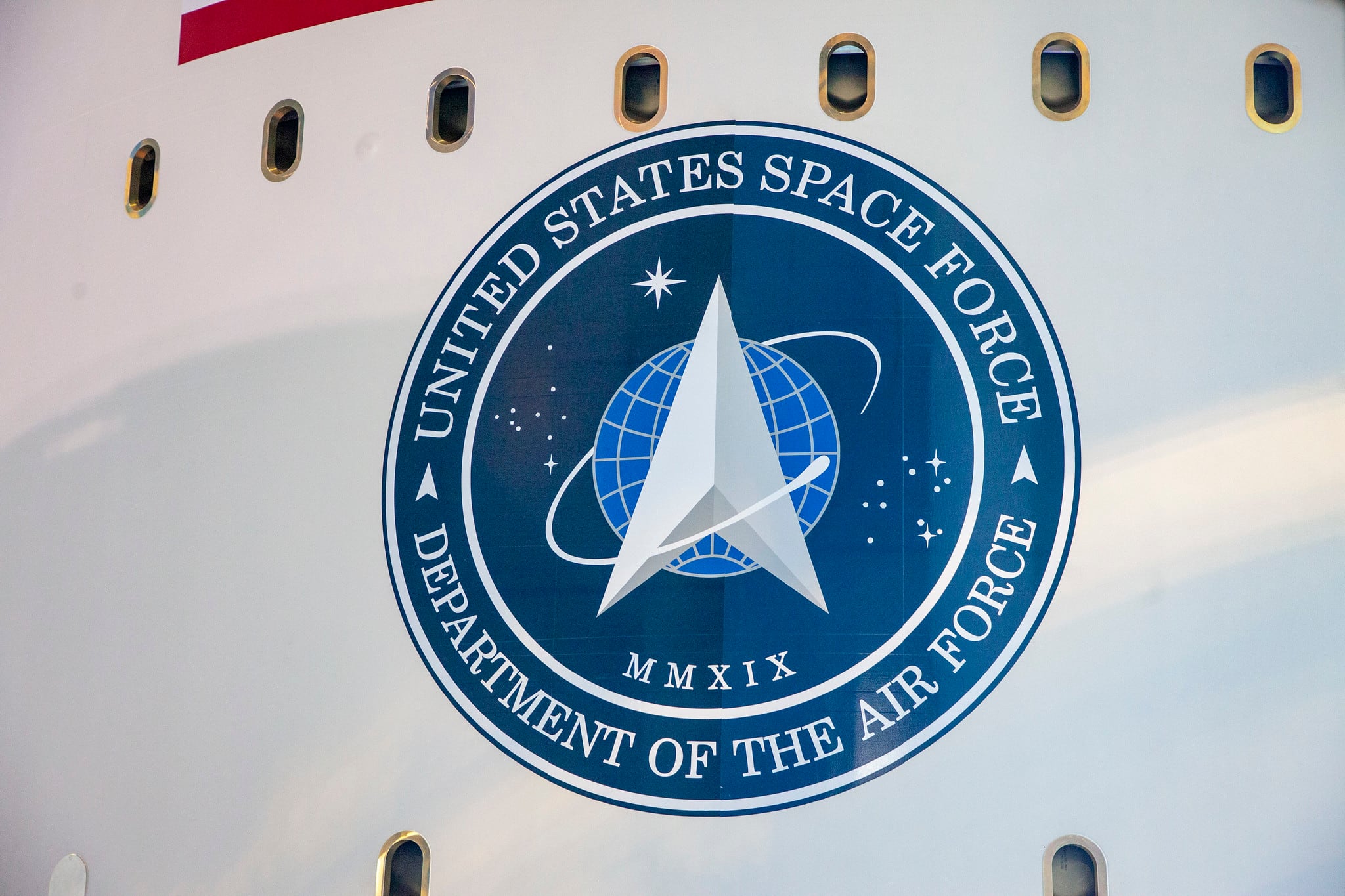WASHINGTON — The U.S. Space Force officially stood up the second of its three field commands Aug. 13, replacing the Space and Missile Systems Center it inherited from the Air Force with the new Space Systems Command.
Like its predecessor, SSC will be in charge of developing, acquiring, fielding and sustaining capabilities for the Space Force. That includes such activities as developing new satellites, acquiring commercial space services, launching Department of Defense satellites into orbit and testing new space systems on orbit.
SSC will be located at Los Angeles Air Force Base.
Prior to the redesignation, Maj. Gen. Michael Guetlein was named commander of SSC and promoted to a three-star lieutenant general. Guetlein will effectively replace SMC Commander Lt. Gen. John Thompson, who retired in July after a 36-year career in the military. Guetlein previously served as the deputy director of the National Reconnaissance Office, the agency in charge of America’s spy satellites, where he assisted the director in managing operations while overseeing the Space Force guardians assigned to the agency.
“A critical task of the SSC commander and of the Space Force is unifying effort across the entire national security landscape. Lt. Gen. Guetlein has the network and the record of accomplishment to get that done,” said Chief of Space Operations Gen. Jay Raymond during the Aug. 13 redesignation ceremony.
RELATED

Guetlein was replaced by Maj. Gen. Donna D. Shipton, who took over as NRO deputy director after serving as director of strategic plans, programs, requirements and analyses at Air Force Materiel Command headquarters Aug. 9.
SSC is the second of three Space Force field commands to be designated, following the October 2020 creation of Space Operations Command, or SpOC, which is in charge of operating the service’s satellites. The Space Force is expected to officially establish the third field command — the Space Training and Readiness Command — in the coming weeks. The deltas that will make up STARCOM, which will educate and train guardians, have been operating under SpOC to date.
The highly anticipated SSC is not exactly the same organization previewed by the Space Force in 2020. Neither the Space Rapid Capabilities Office nor the Space Development Agency will be part of SSC, instead reporting directly to the chief of space operations. The Air Force Research Laboratory’s space-related activities will remain under its commander while being under SSC’s administrative control.
SSC will include all of the units assigned to SMC, as well as several Air Force units that will be transferred to the Space Force. That includes the Strategic Warning and Surveillance Systems Division, which is in charge of ground-based radars, missile warning, space domain awareness, missile defense and shared early-warning capabilities.
Perhaps the most significant part of the reorganization under SSC is the unification of the service’s launch enterprise under the SSC deputy commander. SSC will take over Space Launch Delta 30 at Vandenberg Space Force Base, California, and Space Launch Delta 45 at Patrick Space Force Base, Florida.
Nathan Strout covers space, unmanned and intelligence systems for C4ISRNET.




